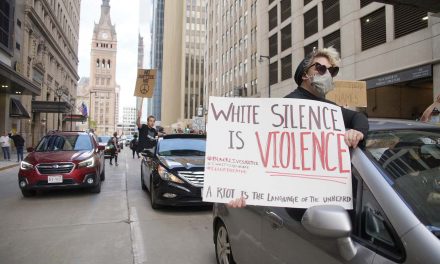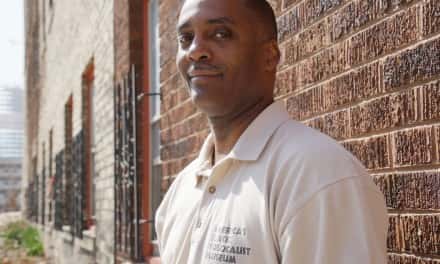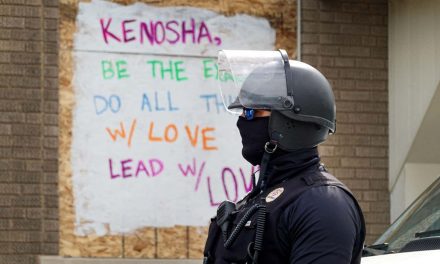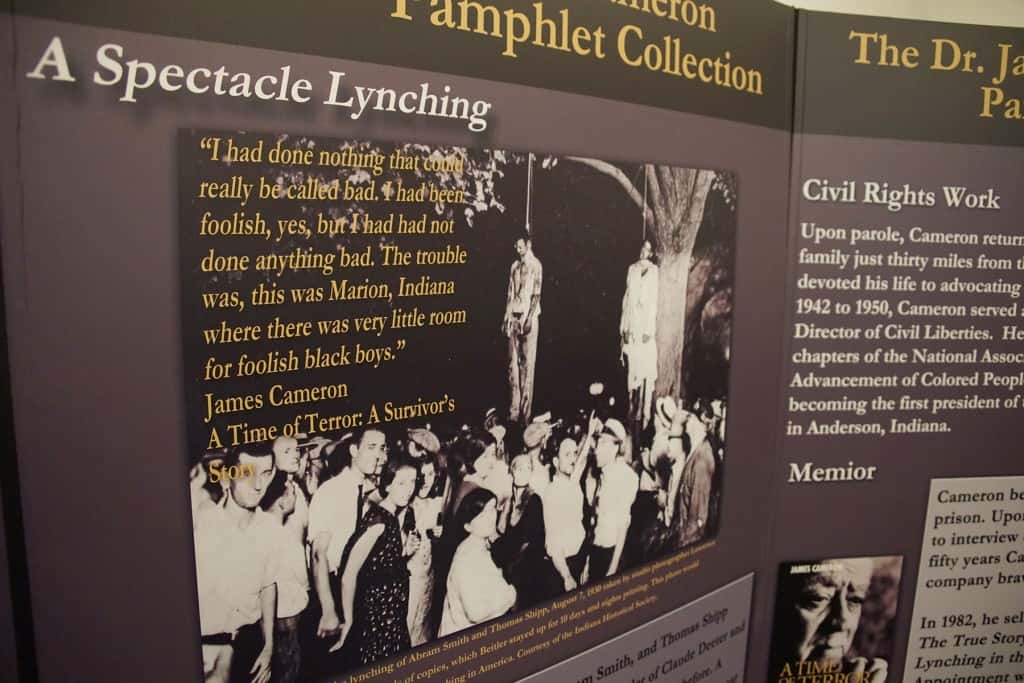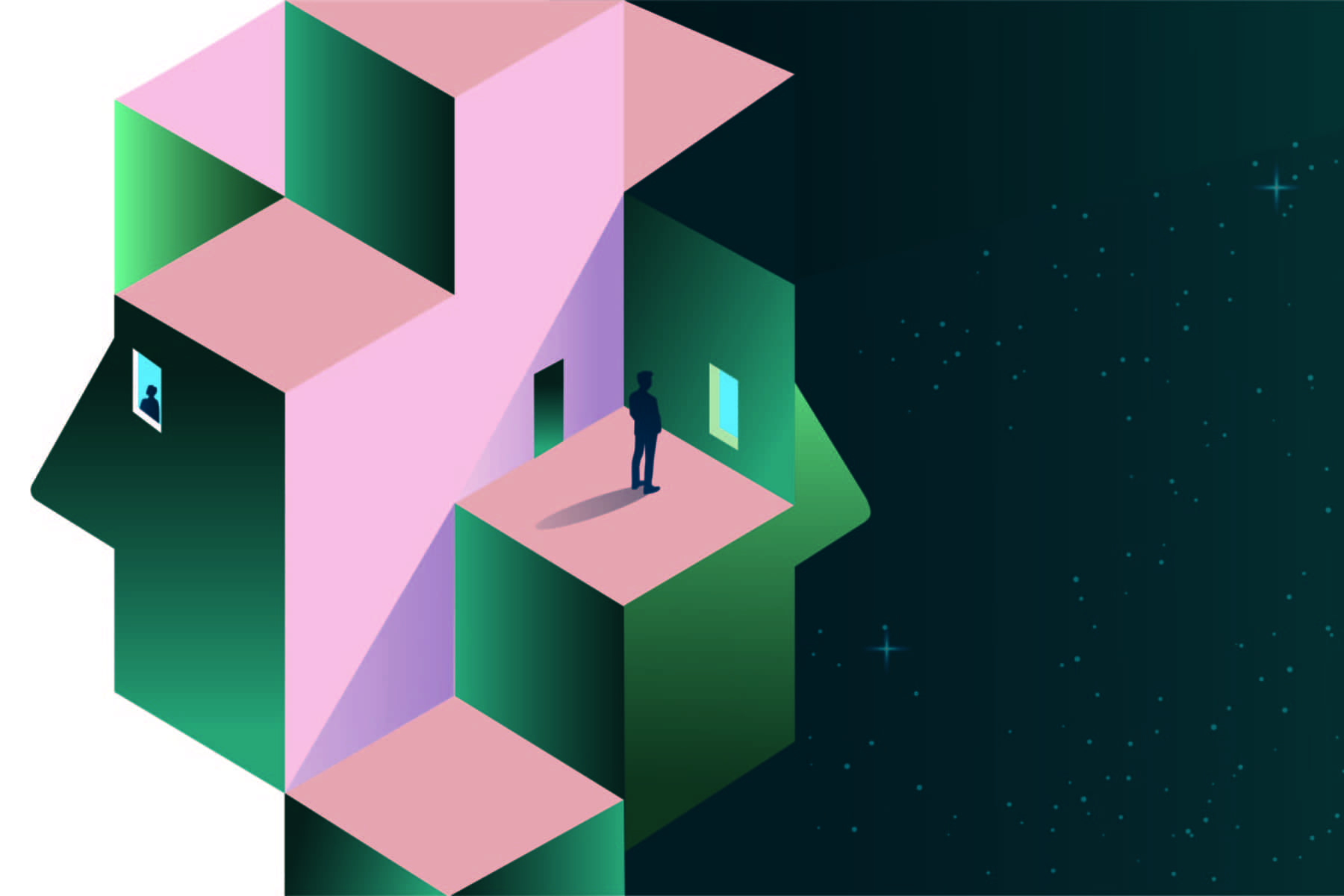
“People often hurl stones, steel, and insults at one another in order to own, to control, and to secure privileges. In pursuit of these aims, reason is lost sight of, passions run high, and morality is conveniently shelved or proclaimed for self-vindication. Wars are fought, societies disrupted, cultures dislocated, families uprooted, and psyches ruptured.” – Hussein A. Bulhan
We live in a world which is becoming increasingly concerned with issues of systemic racism. Some people are embracing the concept while others bemoan it as a fantasy designed to make white people feel guilty. Perspective is everything when it comes to this topic.
People of color are constantly used in iconic American images as objects to be admired as exotic. Long ago pickaninny dolls were all the rage in the homes of white children. Native American based objects are some of the most beloved mascots, logos, and symbols in American sports. Fans love the Cleveland Indians, Washington Redskins, Atlanta Braves, Chicago Blackhawks, Golden State Warriors, Kansas City Chiefs and many other similarly named school and professional teams.
American society loves Mexican food, sombreros and Mariachi bands, but despises Mexicans. The image of the most desirable man is described as “tall, dark and handsome” but tall, dark and handsome black men are the definition of dangerous characters. Asian American traditional foods, and martial arts are admired and adopted by American society while Asian people have been seen as the “yellow peril” throughout American history. America loves every thing about us, except us.
If you have lived in a space that has promoted the group you belong to as superior to all others, it’s easy to fall into the trap of being blind to the injustices endemic in that society. Oppressive societies create a duality of lived existence. On one hand you can see your society with nothing short of boundless love and admiration while on the other hand you wonder why some people criticize it as unjust. You can see no wrong where others see never ending wrongs.
An oppressive society lives within a space called the Manichean Psychology. This is described by Bulhan as a worldview that “divides the world into compartments and people into different ‘species.’ This division is based not on reciprocal affirmations, but rather on irreconcilable opposites cast into good versus evil, beautiful versus ugly, intelligent versus stupid, white versus black, human versus subhuman modes…each is defined in terms of its opposite and each derives its identity in opposition to the other…it is necessary to keep the line of demarcation quite clear or else the Manichean psychology collapses.”
This is the society we live in. From the beginnings of colonial excursions by Europeans in what they called the “Golden Age of Exploration” they have spoken of the places they encountered as easily exploitable for its riches whether they are natural resources or human beings.
“I might call myself Don, and be High Admiral of the Sea, and perpetual Viceroy and Governor in all the islands and continents which I might discover and acquire, or which may hereafter be discovered and acquired in the ocean.” – Christopher Columbus, Journal Entry (October 1492)
Columbus showed his greed in this short passage. There was no desire to go and make peace, but to conquer with superior arms. That was clearly his stated mission. The people he encountered had no idea what they were in for. Over the next several decades they would meet with Europeans from many different places. The end result would be the same, destruction, theft of land and labor and the precursor to eventual genocide.
Catholic Bishop Bartolomé de las Casas wrote of the wonton destruction of Indigenous societies in his 1542 treatise, A Short Account of the Destruction of the Indies.
“Your Majesty not concede such license nor allow those terrible things that the tyrants did invent, pursue, and have committed against those peaceable, humble, and meek Indian peoples, who offend no person … Into and among these gentle sheep … did creep the Spaniards, who no sooner had knowledge of these people than they became like fierce wolves and tigers and lions who have gone many days without food or nourishment … dismember, slay, perturb, afflict, torment, and destroy the Indians by all manner of cruelty … new and divers and most singular manners such as never before seen or read of heard of … they do this to such a degree that on the Island of Hispaniola, of the above three millions souls that we once saw, today there be no more than two hundred of those native people remaining. The island of Cuba … is almost devoid of population. The island of San Juan [Puerto Rico] and that of Jamaica, large and wellfavoured and lovely islands both, have been laid waste. On the Isles of the Lucayos [Bahamas] … where there were once above five hundred thousand souls, today there is not a living creature. All were killed while being brought, and because of being brought, to the Island of Hispaniola where the Spaniards saw that their stock of the natives of that latter island had come to an end … after having slain all those who might yearn toward or suspire after or think of freedom, or consider escaping from the torments that they are made to suffer, by which I mean all the native-born lords and adult males, for it is the Spaniards’ custom in their wars to allow only young boys and females to live … being to oppress them with the hardest, harshest, and most heinous bondage to which men or beasts might ever be bound into.”
The great chronicler Richard Hakluyt stirred the English to begin their overseas journeys by writing his monumental “The Principal Navigations, Voyages, Traffiques, and Discoveries of the English Nation” in 1589. He wrote about the adventures of European explorers who’d traveled the globe. This introduced the English to West Africa for the first time. In 1550 the first Englishmen landed in West Africa over a century after Portuguese sailors under the leadership of Prince Henry the Navigator became the first from that continent to visit that part of Africa.
The infamous Royal African slaving Company was not chartered until 1671 beginning their journey into the massive Transatlantic trade in human beings. Those first Englishmen in 1550 commented on the differences between themselves and the Africans paying particular interest to the skin color of the Africans.
And entering in [a river], we see
A number of blacke souls,
Whose likeliness seem’d men to be,
but all as black as coles
Their Captain comes to me
As naked as my naile,
Not having witte or honestie
to cover once his tail
– The First Voyage of Robert Baker to Gunie (1562)
Another early Englishmen wrote “These people are all blacke, and are called Negros, without any apparel, saving before their privities.” This “blackness” would come to define all African people in the eyes of Europeans including the English. It would become the equivalent of a Scarlett letter. This difference in skin color would help define the Manichean psychology as it developed over centuries. The word black would be equated with ugliness and filth while white would be defined as the epitome of cleanliness and beauty. This distinction still plays a prominent role in race relations in America and other countries where African descended people live to this day.
In the Oxford English Dictionary the meaning of black before the sixteenth century included, “deeply stained with dirt; soiled; dirty; foul; having dark or deadly purposes, malignant; pertaining to or involving death; deadly; baneful, disastrous, sinister; foul, atrocious, horrible, wicked, indicating disgrace” according to historian Winthrop D. Jordan. Its exact opposite would be white defined in flowery language denoting positive attributes.
The first characteristic Englishmen found to separate them from Africans was skin color. Black was considered to be ugly, bad, evil, wicked, disgraceful. By extension people defined as black would come to be seen in the same way. Within America’s early society Thomas Jefferson wrote in his book Notes on the State of Virginia that he saw this difference as defining Africans as inferior to whites.
“I advance it therefore as a suspicion only, that the blacks, whether originally a distinct race, or made distinct by time and circumstances, are inferior to the whites in the endowments both of body and mind.”
This attitude would play out over centuries within the system of white superiority and supremacy which would define America. Bulhan tells us that this way of defining humans is a part of the psychology of oppression.
“The Manichean Psychology permeates everyday living. The environment and how it is structured reflect it. There is, on the one hand, the district or town in which the oppressor resides. The houses are spacious and grand. The streets are brightly lit, the trees are well-manicured, and liter is seldom seen … the police too are cordial and helpful to all but those intruders who may cross the color and class boundary. Indeed their job is to keep these ‘born criminals’ and unredeemable scum out of sight … There is, on the other hand, the ghetto in which the oppressed live on top of each other in dilapidated tenement houses, hovels, and shacks. The streets, if they are paved are rough and full of potholes. They are poorly lit and dark and forbidding once the sun sets … The police here are invariably hostile and suspicious … They reach for their batons and pistols upon the slightest suspicious act.”
This explains America. Although the conditions of the parts of the country where people of color reside are not always as bad as Bulhan described, there is an assumption by many whites that they are. Those parts of town are to be avoided, are sketchy, dangerous, and full of crime in the general mindset promoted in television, movies, local news, and other manifestations of the myth of the “hood,” “ghetto,” “barrio,” “res,” and such. They are seen as filthy, scary places and by extension the people there must be filthy and scary as well.
These images are embedded in the psyches of many in our society. They are deeply buried in the unconscious mind, creating biases that play out in every aspect of American life. No one needs to be consciously aware of these negative stereotypes to act on them. They lead to very consistent habits by those who have these biases.
I like to tell the story of one day when I was was driving down the street in my newly washed and waxed Acura sedan. I was stopped at a red light when a car pulled up next to me. It was an old raggedy, beater occupied by an older white woman. As is the norm for drivers, I glanced around while waiting for the light to change. As soon as my eyes turned to the white woman she immediately locked her car doors. I heard the locks activate. She did not have to think about it, it was instinctual for her to equate a black male with danger. I sat in my car saying to myself “you think I’m going to get out of this car, to take that car?”
However, I could not be mad at her because I knew the mechanism behind her actions. She couldn’t help herself because she, like all of us in this country, have gotten constant, consistent reinforcement of the idea of black males as the boogey man. That association between a black man and dangers is so prevalent in the minds of Americans that it plays out constantly in everyday interactions. Black men have to find creative ways of appearing non-threatening to people to maintain their own safety. We do this by crossing the street, or looking down when approaching white people, especially women. Our skin is the object of white fear expressed by police when they shoot unarmed blacks. My skin is literally a weapon in their minds.
What does living in a society where Native Americans are depicted by hundreds of schools and sports teams as some type of “warrior” or “savage” do to the psyches of members of that community. When everything about you is loved, except you, what can you do? It leads to alienation. The pressure to feel connected in a society where you are not accepted leads to psychological defense mechanisms.
Bulhan described the process of how these defense mechanisms work based on the theoretical framework developed by psychiatrist Frantz Fanon. “The first stage, based on the defense mechanism of identification with the aggressor, involves increased assimilation into the dominant culture while simultaneously rejecting one’s own culture. I call this the stage of capitulation. The second stage … is characterized by a reactive repudiation of the dominant culture and by an equally defensive romanticism of the indigenous culture. I call this the stage of revitalization. The third phase is a stage of synthesis and unambiguous commitment toward radical change. I call this the stage of radicalization.”
We are in this third stage on a level we’ve never seen before in this country. All communities of color are rejecting the systemic racism that has menaced them for centuries in their country. There is a strong collective commitment toward radical change.
It is time America embraces people of color in a real way. Cultural appropriation is not what we need. White people with dreadlocks, butt implants, collagen injected lips, and other things to make them feel exotic is not appreciated or acceptable as a form of endearment. We want to be respected for who we are without being objectified. We want America to show that it loves everything about us, including us, for the first time.


